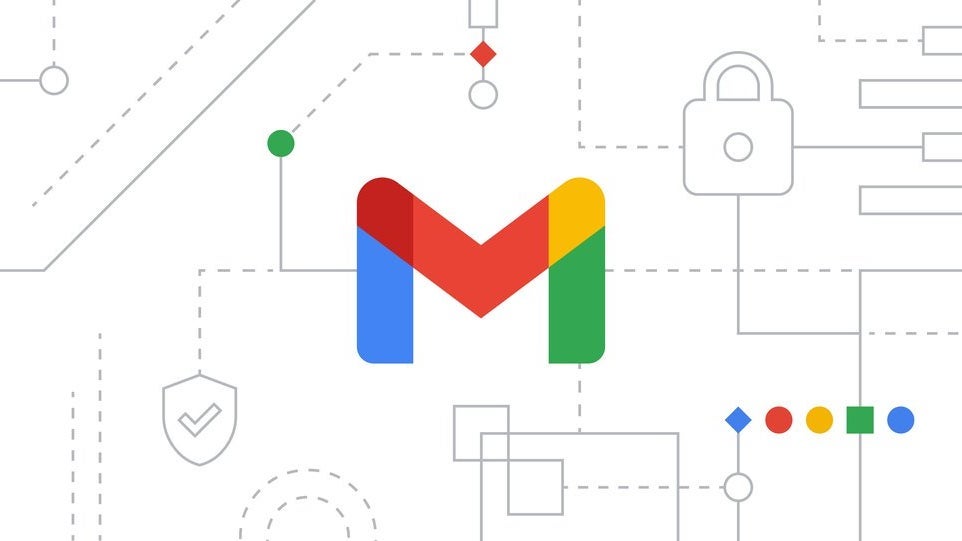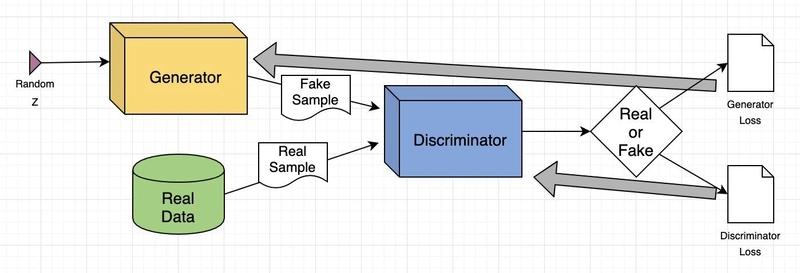What Defines Security in Web3? A Deep Reflection from Inception to the Future (2025 and Beyond)
At the foundation of blockchain lies the famous “Scalability Trilemma,” coined by Vitalik Buterin. It posits that out of Decentralization, Scalability, and Security, you can only ever optimize two at a time. For years, the industry chose scalability and decentralization as its compass, often placing security on the back burner. Rollups, appchains, sidechains, and L2s bloomed. Opportunities opened, venture capital poured in, and investment grew, pushing the ecosystem into one of the biggest; however, cracks began to show. Hacks, bugs, and human errors painted a shocking picture of an ecosystem not well thought out, compromised multi-sigs, drained bridges, and billions lost to human errors made what was once a revolution look like child's play. From the 2016 DAO hack which served as a harsh introduction, followed by exploits like Parity's multi-sig failure, the Wormhole bridge vulnerability, and the 2022 Ronin attack, it became evident that security had not matured alongside the rapid innovation of protocols. By the time we reached Q1 2025, security lapses had cost the ecosystem over $1.6 billion, with the ByBit breach alone contributing $1.46 billion to that figure. These weren’t outliers; they were milestones marking a systemic failure pointing to the fact that protocols that scaled too fast without airtight security often became case studies in how not to build. Security is NOT a Checkbox For too long, security has been treated as a final hurdle before mainnet deployment. Security can no longer be an afterthought but must now be a discipline, integrated into the development lifecycle, infused into governance, and enforced at runtime. The need to have frequent and one-time security audits can no longer suffice. Because everything we knew about security one year ago is outdated, and like the old guard, they must be replaced with new, innovative, and well-thought-out security architecture. The New Security Vanguard For every great shift, there must be a catalyst that heralds it, and Drosera epitomizes the shift toward real-time, anticipatory security. Instead of relying on static audits, Drosera introduces the concept of “Traps”, smart contracts that act as tripwires for suspicious behavior. When triggered, these contracts can pause protocol activity, notify operators, or initiate automated responses. We used to trust in audits as gospel. But audits are snapshots, not surveillance systems. They can’t predict future threats or patch evolving vulnerabilities. That’s why the focus is now shifting toward continuous and proactive security. This approach flips the narrative. It's not about patching post-mortem, it's about trapping the predator before it strikes. While Drosera is a pathfinder, there are some amazing projects that are reinventing the future of web3, and we will be throwing light on some of them. The Path Finders Privacy is often seen as separate from security, but in blockchain, the two are intertwined. @aztecnetwork and @FhenixIO are developing encrypted computation layers—using zero-knowledge proofs and fully homomorphic encryption (FHE)—to ensure data confidentiality without losing auditability. @zama_fhe has also been instrumental in pushing FHE as a frontier technology, giving smart contracts the ability to process encrypted data directly. The result is a future where secrets can be kept without trust assumptions. Runtime Security & Observability Layers Traditional security can’t scale to autonomous agents and evolving threats. That's why observability-focused projects like UseFirewall, FortaNetwork, and PluralisHQ are developing runtime defenses. Firewall offers a policy engine developers can use to define behaviors that should never happen, and then enforce them dynamically. Pluralis HQ takes a simulation-based approach, combining game theory with agent-based adversarial modeling. The rise of these tools indicates a pivot toward preventive and adaptive infrastructure. Formal Verification & Developer Experience Formal verification was once relegated to niche protocols and academic papers. Today, tools from TacBuild, doublezero, and DelphinusLab bring rigorous correctness checking into the everyday workflows of smart contract developers. TacBuild merges fuzzing with symbolic execution to catch vulnerabilities before they even leave the local machine. Meanwhile, SuccinctLabs has been working on making ZK-proofs usable for generalized computation verification, simplifying integration into any app that demands deterministic proof. AI & Security Automation The security problems of tomorrow will be too vast, too dynamic, and too complex for humans to handle alone. That's why projects like SentientAGI, SaharaLabsAI, and gensynai are leveraging AI to simulate, detect, and even predict new attack vectors. These agents don’t just flag known exploits—they learn attacker behavior, spot probabilistic anomalies, and even propose patches. AI will
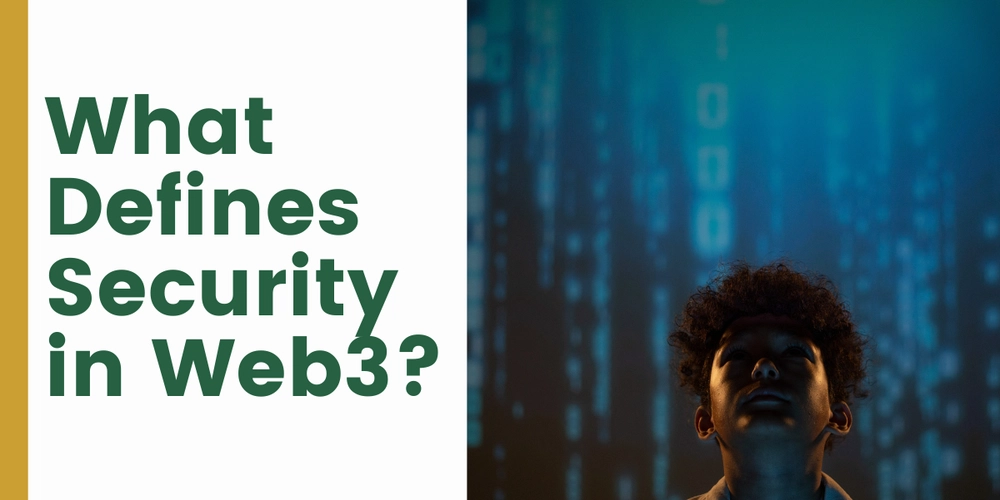
At the foundation of blockchain lies the famous “Scalability Trilemma,” coined by Vitalik Buterin. It posits that out of Decentralization, Scalability, and Security, you can only ever optimize two at a time.
For years, the industry chose scalability and decentralization as its compass, often placing security on the back burner. Rollups, appchains, sidechains, and L2s bloomed.
Opportunities opened, venture capital poured in, and investment grew, pushing the ecosystem into one of the biggest; however, cracks began to show.
Hacks, bugs, and human errors painted a shocking picture of an ecosystem not well thought out, compromised multi-sigs, drained bridges, and billions lost to human errors made what was once a revolution look like child's play.
From the 2016 DAO hack which served as a harsh introduction, followed by exploits like Parity's multi-sig failure, the Wormhole bridge vulnerability, and the 2022 Ronin attack, it became evident that security had not matured alongside the rapid innovation of protocols. By the time we reached Q1 2025, security lapses had cost the ecosystem over $1.6 billion, with the ByBit breach alone contributing $1.46 billion to that figure.
These weren’t outliers; they were milestones marking a systemic failure pointing to the fact that protocols that scaled too fast without airtight security often became case studies in how not to build.
Security is NOT a Checkbox
For too long, security has been treated as a final hurdle before mainnet deployment. Security can no longer be an afterthought but must now be a discipline, integrated into the development lifecycle, infused into governance, and enforced at runtime.
The need to have frequent and one-time security audits can no longer suffice. Because everything we knew about security one year ago is outdated, and like the old guard, they must be replaced with new, innovative, and well-thought-out security architecture.
The New Security Vanguard
For every great shift, there must be a catalyst that heralds it, and Drosera epitomizes the shift toward real-time, anticipatory security. Instead of relying on static audits, Drosera introduces the concept of “Traps”, smart contracts that act as tripwires for suspicious behavior. When triggered, these contracts can pause protocol activity, notify operators, or initiate automated responses.
We used to trust in audits as gospel. But audits are snapshots, not surveillance systems. They can’t predict future threats or patch evolving vulnerabilities.
That’s why the focus is now shifting toward continuous and proactive security.
This approach flips the narrative. It's not about patching post-mortem, it's about trapping the predator before it strikes.
While Drosera is a pathfinder, there are some amazing projects that are reinventing the future of web3, and we will be throwing light on some of them.
The Path Finders
Privacy is often seen as separate from security, but in blockchain, the two are intertwined. @aztecnetwork and @FhenixIO are developing encrypted computation layers—using zero-knowledge proofs and fully homomorphic encryption (FHE)—to ensure data confidentiality without losing auditability.
@zama_fhe has also been instrumental in pushing FHE as a frontier technology, giving smart contracts the ability to process encrypted data directly. The result is a future where secrets can be kept without trust assumptions.
- Runtime Security & Observability Layers
Traditional security can’t scale to autonomous agents and evolving threats. That's why observability-focused projects like UseFirewall, FortaNetwork, and PluralisHQ are developing runtime defenses.
Firewall offers a policy engine developers can use to define behaviors that should never happen, and then enforce them dynamically. Pluralis HQ takes a simulation-based approach, combining game theory with agent-based adversarial modeling. The rise of these tools indicates a pivot toward preventive and adaptive infrastructure.
- Formal Verification & Developer Experience
Formal verification was once relegated to niche protocols and academic papers. Today, tools from TacBuild, doublezero, and DelphinusLab bring rigorous correctness checking into the everyday workflows of smart contract developers.
TacBuild merges fuzzing with symbolic execution to catch vulnerabilities before they even leave the local machine. Meanwhile, SuccinctLabs has been working on making ZK-proofs usable for generalized computation verification, simplifying integration into any app that demands deterministic proof.
- AI & Security Automation
The security problems of tomorrow will be too vast, too dynamic, and too complex for humans to handle alone. That's why projects like SentientAGI, SaharaLabsAI, and gensynai are leveraging AI to simulate, detect, and even predict new attack vectors.
These agents don’t just flag known exploits—they learn attacker behavior, spot probabilistic anomalies, and even propose patches. AI will be the SOC analyst of Web3.
Where Decentralization Failed
In the pursuit of decentralization, the industry often lost sight of coordination. Blockchains are resilient, but ecosystems are not. We’ve seen protocols go down not because they were insecure, but because their communities lacked the tooling to respond quickly.
Multi-sig delays, community indecision, governance gridlock—these have all compounded security incidents.
This has inspired tools like Fluentxyz, which facilitates composable governance, and Hyperbolic_Labs, which enables upgradeable contracts to respond to live threats without centralizing power.
Monad_xyz and get_optimum are tackling execution-layer fragility. Monad introduces parallelized EVM, reducing front-running and reorg attacks, while Optimum modularizes blockchain operations to isolate faults.
- Times are Changing
2025 is different. Security is no longer bolted on it's built-in, Audits are still very much relevant, but now they're complemented by
- Real-time monitoring (Drosera, Firewall, Forta)
- Privacy-first execution (Aztec, Fhenix, Zama)
- Continuous verification (TacBuild, Pluralis)
- Incentivized simulations (Code4rena, Hats Finance)
- AI-powered alerting (Sentient, Sahara, Inco Network)
Security is becoming a design choice, not an afterthought. Teams now ask: What could break this? Who benefits from this being exploited? What’s the game theory behind our incentives?
And increasingly, they're building the answers into the protocol itself.
Security and the Multichain Era
Cross-chain liquidity is a blessing—and a nightmare. Every bridge introduces a new vector. Projects like Octra and N1Chain are securing the transport layer with cryptographic guarantees for message validation.
Octra validates cross-chain messages with proof mechanisms that are resistant to spoofing and Sybil resistance. Meanwhile, N1Chain's identity-bound transactions reduce impersonation and collusion in permissionless environments.
As more protocols embrace appchains and sovereign rollups, these guardrails will be non-negotiable.
From Here to 2026: What the Stack Might Look Like
The future is interoperability. No single tool will define the security standard. It will be the mesh—the connected intelligence between these tools—that creates a robust defense.
The secure Web3 stack is evolving into a layered architecture:
- Base Layer – Parallel execution (Monad), modular ops (Optimum)
- Privacy Layer – Aztec, Fhenix, Zama
- Execution Monitoring – Drosera, Forta, Firewall
- Cross-chain Proofing – Succinct, Octra
- Verification Layer – TacBuild, Pluralis, DoubleZero
- AI Layer – Sahara, Sentient, Gensyn, Inco
Each layer solves a specific failure mode, from computational trust to runtime behavior to human governance.
Conclusion
What defines security in Web3 is not perfect code. It’s relentless vigilance, adaptive defense, and a culture that embraces scrutiny as a virtue.
In 2025, we are finally reckoning with that truth. The community is shifting from reactive responses to proactive design. From individual fixes to ecosystem standards. From outsourced audits to embedded observability.
Drosera is just one part of the response. But it represents a larger awakening: that the future of decentralized technology depends on how well we secure its foundations today.
Security is not an add-on. It’s the soul of Web3.
And only those who defend it, relentlessly, rigorously, and together, will inherit the future.










































































































































































![[The AI Show Episode 144]: ChatGPT’s New Memory, Shopify CEO’s Leaked “AI First” Memo, Google Cloud Next Releases, o3 and o4-mini Coming Soon & Llama 4’s Rocky Launch](https://www.marketingaiinstitute.com/hubfs/ep%20144%20cover.png)















































































































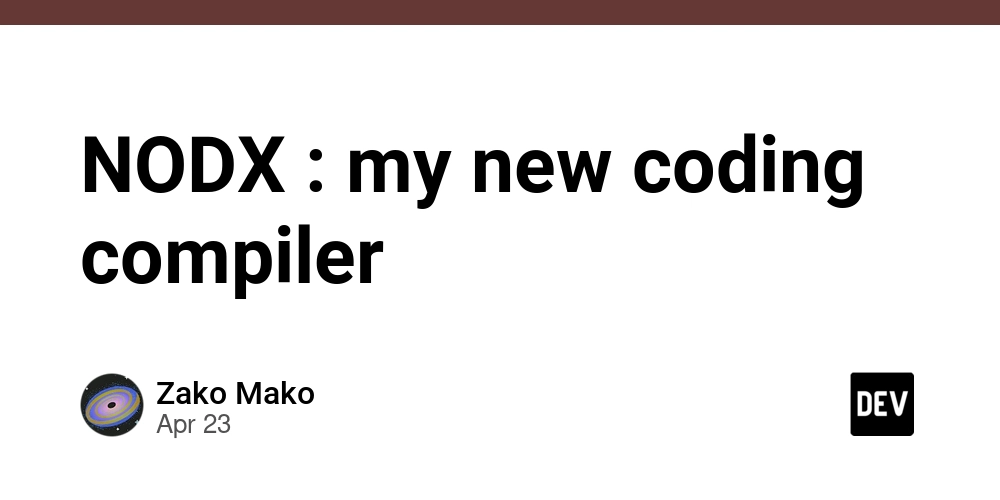
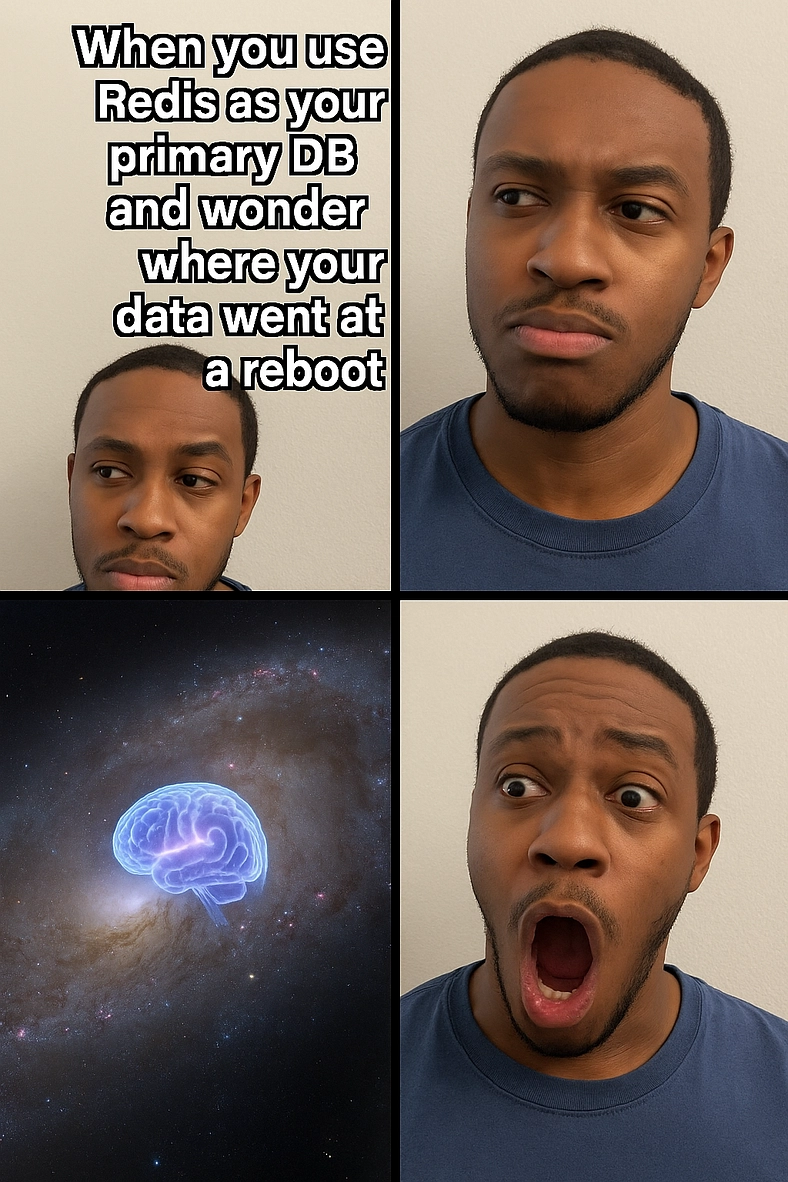
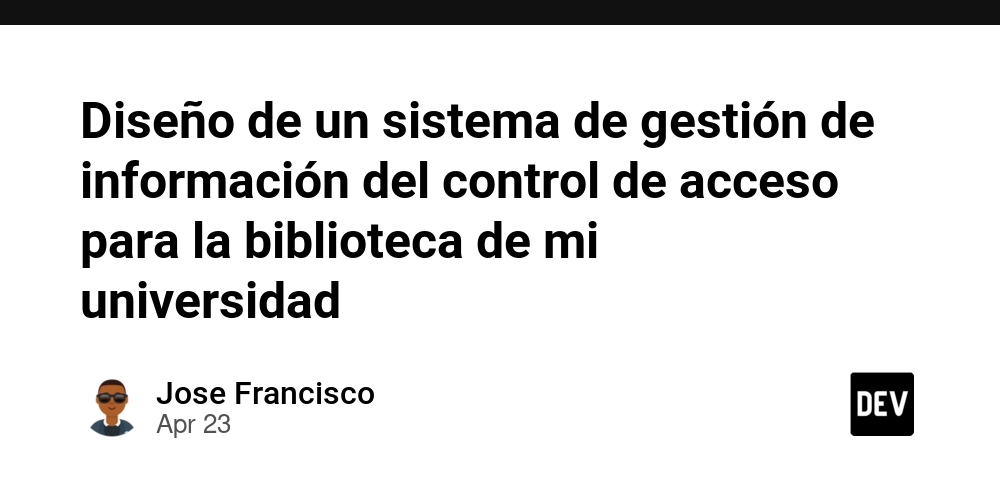
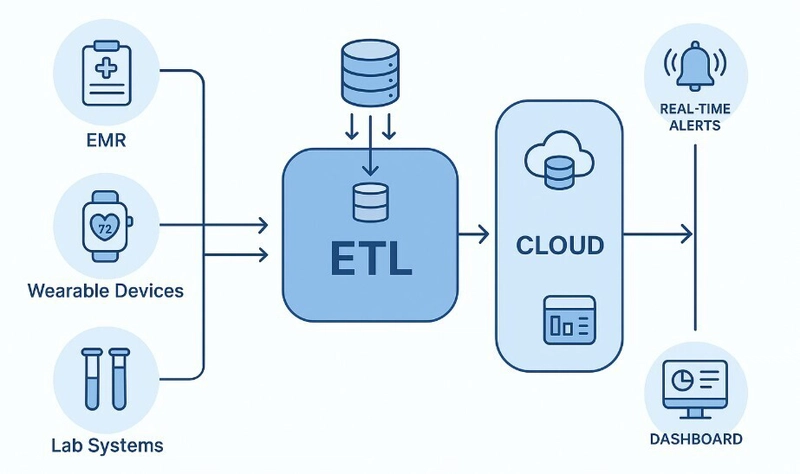





































![Is This Programming Paradigm New? [closed]](https://miro.medium.com/v2/resize:fit:1200/format:webp/1*nKR2930riHA4VC7dLwIuxA.gif)



























































































-Classic-Nintendo-GameCube-games-are-coming-to-Nintendo-Switch-2!-00-00-13.png?width=1920&height=1920&fit=bounds&quality=70&format=jpg&auto=webp#)












































































































































![M4 MacBook Air Drops to New All-Time Low of $912 [Deal]](https://www.iclarified.com/images/news/97108/97108/97108-640.jpg)
![New iPhone 17 Dummy Models Surface in Black and White [Images]](https://www.iclarified.com/images/news/97106/97106/97106-640.jpg)




















































